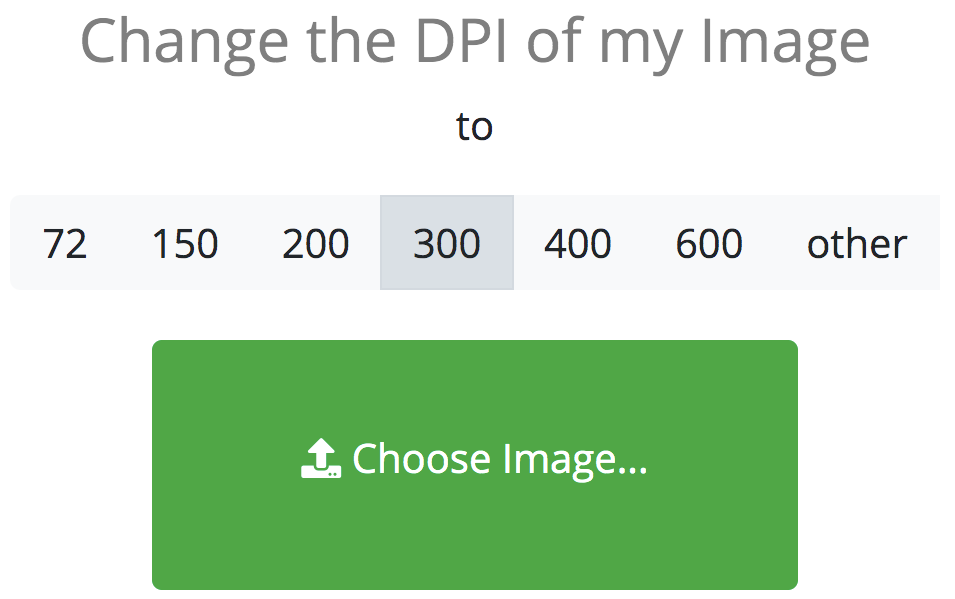

And should you decide to print a digital file, the printer has it’s own resolution. The monitor you view your image with has it’s own resolution. When people start talking about pixel quantity, what they are really talking about is resolution, and this is where things can get confusing, because unfortunately the term “resolution” is not specific when talking about either screen or print resolution.Ī digital camera or scanner is capable of capturing an image at a certain resolution. And it’s not just the quantity of pixels, but the quantity of pixels you have per square inch. The more pixels you have, the better an image will look. Individual tiny square dots, each one it’s own specific color, and when combined can make an image.

Please leave a comment below if you still have questions and I will be happy to reply.Įvery digital image is made up of pixels. In this article, I’ll try to put those worries to rest without overcomplicating things. Let me explain…”Ĭlients often have questions and concerns about resolution and image size. We need to differentiate between the resolution of your digital file, and the resolution of your printer. It’s the number of pixels your image contains which determines how large you can print. Me: “Well, at this stage it’s not the DPI you should be concerned with. Is this good enough to print photographs? How do I print from a 72 DPI image? How big can I print from this 72 DPI image? Here’s a common situation: I’m sitting in my studio editing photos when a recent client contacts me.Ĭlient: “I opened up a digital file I want to print and I noticed it has a DPI of 72.


 0 kommentar(er)
0 kommentar(er)
